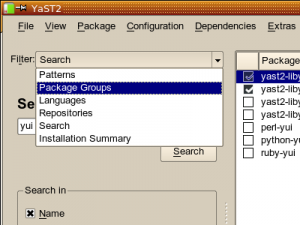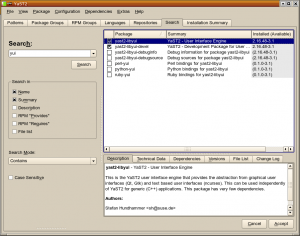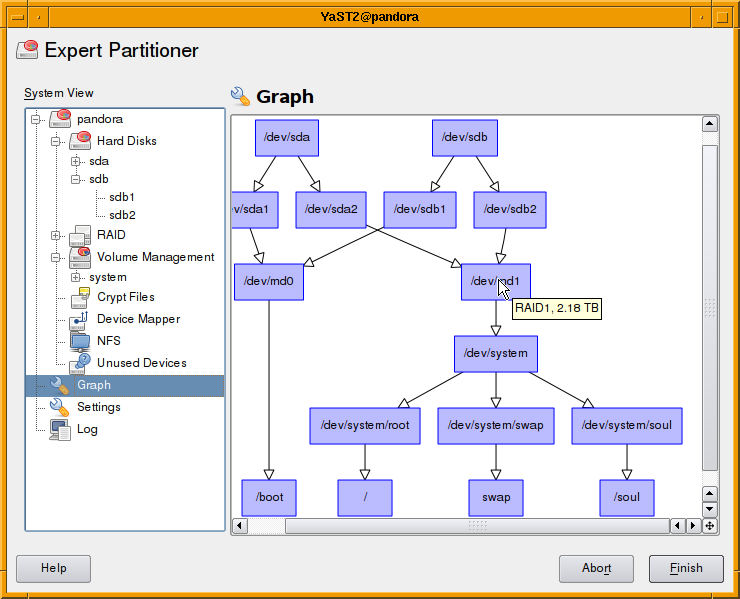This blog entry is a little bit OffTopic. I’m writing not about an openSUSE Theme, but about
Linux. Last week i’ve chatted with the guys in #coreboot @ freenode and it was very
interesting. This article based on an collaborative PR Project from Carl-Daniel Hailfinger. This first Part of the Article presents Flashrom. The next Article presents Coreboot. The web site of that project is:
http://www.coreboot.org/
The flash utility is known as “Flashrom”.
Flashrom is a universal flash programming utility used to detect, read, erase, or write BIOS
chips (parallel, LPC, FWH and SPI technologies) in various packages (DIP, PLCC, SOIC).
It can be used to flash firmware images such as traditional BIOS or coreboot or to back up
the existing firmware.
Everybody who does not want to boot DOS or Windows just to perform a BIOS update can use
flashrom. It does not require a graphics card, monitor or keyboard and can even be used
over SSH on a remote machine. You do not have to reboot to run flashrom, but it is recommended
to reboot after a successful update. Many people are using flashrom as a replacement for
the various AMI/Award/Phoenix BIOS flashing tools out there.
Flashrom supports over 100 flash chips and it is really easy to add support for a new chip
if your board happens to have an unsupported chip.
Flashrom has its own home page: http://www.coreboot.org/Flashrom
It is free software released under the terms of the GNU General Public License version 2.
Flashrom is a “normal” user space application, but it requires superuser privileges.
Some hardened kernels (which deny access to physical memory) do not support flashrom, but
most distributions out there work fine.
Of course, the usual requirements for BIOS updates apply here as well. You should have a
stable power supply. Switching the machine off during flashing will make your machine
unbootable. Since flashrom treats BIOS files as opaque blobs, you usually do not get any
of the failover/dual BIOS features advertised on some boards.
Backup the current BIOS image into a file:
$ flashrom -r backup.bin
For other usage instructions, please refer to the flashrom home page or the man page.
In case something goes wrong, do NOT reboot, but join #coreboot @freenode and tell the
flashrom developers about it. As long as the machine is still running, there is a good
chance that everything can be fixed.







